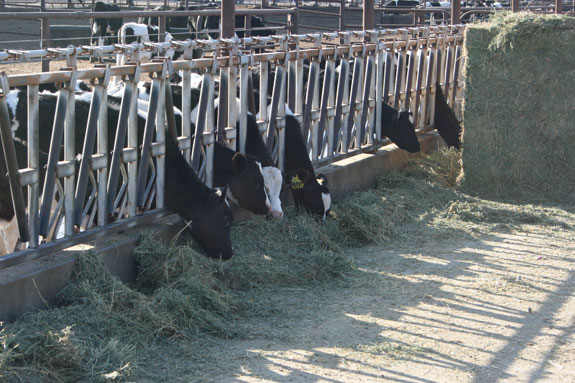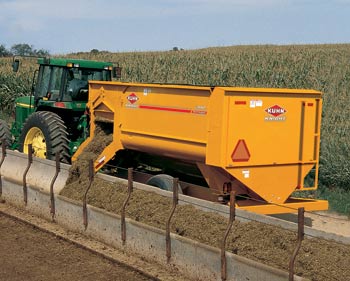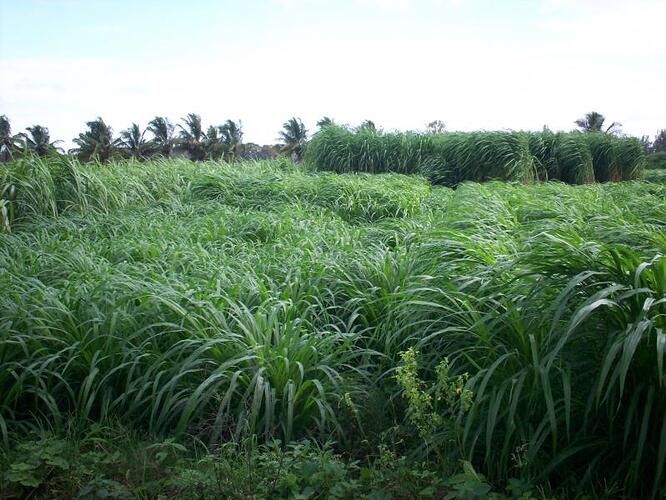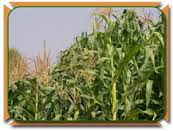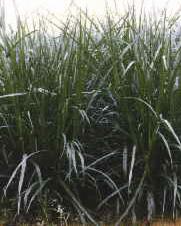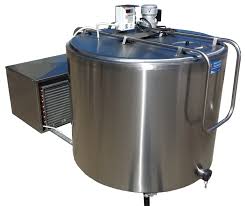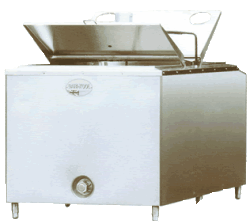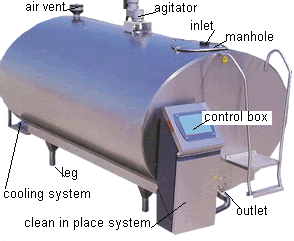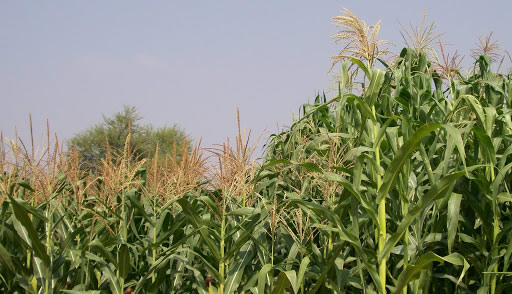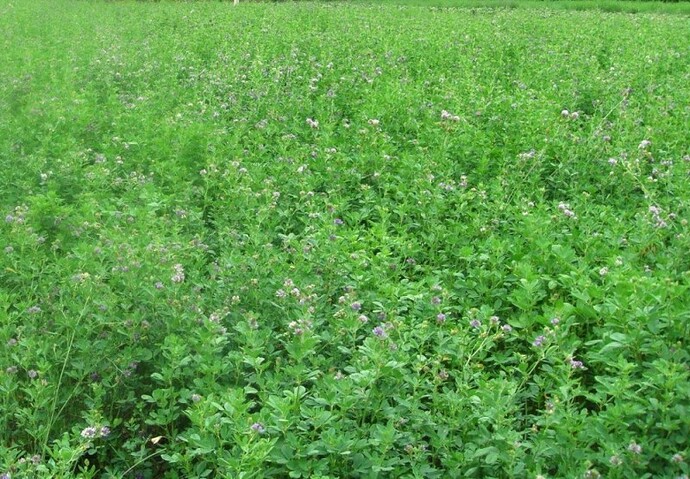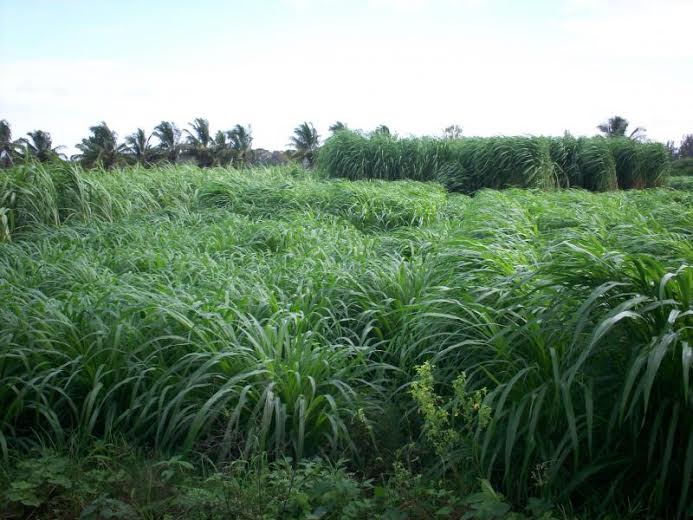Feed and water:-
Water requirements of cattle are normally influenced by environment, stage of production, age, and diet. Water intake directly influences feed intake. When water intake is reduced, daily feed intake is also reduced, which might significantly impact weight gains. A source of fresh water is a must and it should be offered freely at all times. Daily water consumption amount will increase in higher temperatures and also during the last four months of pregnancy, which may please be noted.
When feeding lactating dairy cows it is best to limit the amount of certain feeds. Reasons can be problems with palatability, high oil or fat content, and imbalances of certain nutrients. Knowing these restrictions can prevent problems from occurring. Also, combinations of some of these feeds can be a problem if the maximum is used with no regard to type and amount of nutrients that are provided.
A good dairy cow needs 80-100 liters of water in a day.
Feeding cows: -
The term Total Mixed Ration (TMR) defined as, “the practice of weighing and blending all feedstuffs into a complete ration which provides adequate nourishment to meet the needs of dairy cows.” Each bite consumed contains the required level of nutrients (energy, protein, minerals and vitamins) needed by the cow.
Advantages:-
The dairy farmer has more control over the feeding program.
• All forages, grains, protein supplements, minerals and vitamins are thoroughly mixed. Hence, the cow can do very little sorting for individual ration ingredients.
• Completely blended feeds, coupled with grouping of cows, permits greater flexibility in feeding the exact amount of nutrients (energy, protein, etc.) to more accurately feed cows for their particular stage of lactation and level of milk yield.
• Grain mixtures can be liberally fed to a group of high producers without over feeding & the late lactation / lower milking cows, resulting in more efficient use of feeds.
Disadvantages
Cows should be grouped by production levels.
• Grouping cows is not feasible in small herds (less than 50 cows).
• If not grouped according to production, cows in late lactation are likely to get too fat.
Special equipment is needed.
• The equipment must have the capability to completely blend the feed ingredients.
• The mixer-wagon, preferably mobile ones, must be capable of accurately weighing each ingredient.
See below for TMR wagon picture and finely mixed feed - a balanced ration.
Murali krishnan
srivinayakatvm@gmail.com
9447088234
